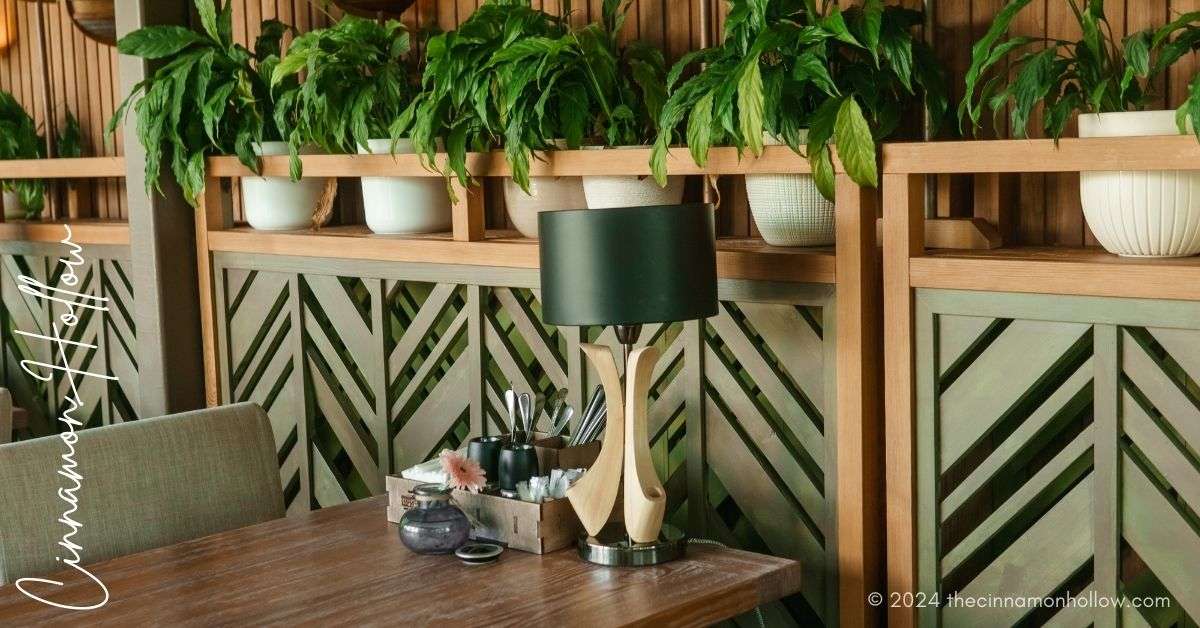What Is Biophilic Design?
Biophilic design is an innovative approach that reconnects our living spaces with the natural world. The word “biophilic” originates from the Greek words “bios,” which means life, and “philia,” which implies affinity or love. It’s about integrating elements of nature, such as natural lighting, plant life, and water features, into the built environment. This design philosophy isn’t just about aesthetics; it aims to create spaces that foster health, well-being, and harmony.
Incorporating biophilic elements into your home can range from minor adjustments like adding houseplants and maximizing natural light to more complex redesigns incorporating natural materials and open spaces. Firms like Forum Phi lead the way in this field, offering expert advice and services to help you seamlessly blend nature with architecture.
Benefits Of Biophilic Design
The benefits of biophilic design go far beyond mere visual appeal. Scientific studies have shown that environments incorporating natural elements can lead to numerous mental and physical health benefits. For instance, research indicates a link between exposure to natural light and flora and lower stress and anxiety levels. Additionally, people in biophilic environments often report better moods and overall sense of well-being.
Moreover, the advantages extend to increased productivity and creativity, making biophilic design particularly beneficial for home offices, creative studios, and educational spaces. By mimicking elements of the natural world, these environments create a more pleasant and nurturing atmosphere that promotes focus and innovation. This multifaceted approach to design can significantly improve the quality of life for those who inhabit these spaces.
Easy Ways To Integrate Biophilic Design
Integrating biophilic design into your home doesn’t have to be a daunting task. There are several simple yet effective ways to bring nature indoors:
- Indoor Plants: Adding plants to your indoor spaces enhances the visual appeal and helps purify the air. To create a lush, green ambiance, choose a variety of plants.
- Natural Light: Increase the quantity of natural light entering your house by adding skylights, oversized windows, or sheer curtains. Natural light has been shown to improve mood and energy levels.
- Water Features: Introducing water features such as indoor fountains or aquariums can create a calming and tranquil atmosphere. Water flowing is a naturally calming sound that can improve the serene atmosphere of any space.
- Natural Materials: Incorporate wood, stone, and bamboo into your decor and furnishings. These materials can link the indoors and outside while establishing a cozy and welcoming atmosphere.
- Nature-Inspired Colors: To create a calm and well-balanced ambiance, use earth tones, blues, and greens—colors inspired by nature. These colors can evoke the feeling of being outdoors, even inside.
Research And Data
Extensive research and data back the effectiveness of biophilic design. A study highlighted by the New York Times emphasizes the financial and psychological benefits of incorporating natural elements into architectural design. The study found that spaces designed with biophilic elements improve emotional well-being and productivity and significantly increase property value. This trend underscores the growing recognition of biophilic design’s holistic benefits.
Furthermore, research indicates that biophilic design can contribute to environmental sustainability by promoting using natural materials and energy-efficient practices. For example, carefully positioning windows can maximize natural light, minimizing the need for artificial lighting and reducing energy usage. These multifaceted advantages make biophilic design appealing and practical for residential and commercial spaces.
Getting Professional Help
While incorporating biophilic elements into your home can be a rewarding DIY project, seeking professional help can ensure a more cohesive and impactful design. Interior designers with expertise in biophilic design can consider various factors you might overlook, such as spatial layout, lighting, and the psychological effects of different materials and colors. These professionals can create a comprehensive design plan integrating nature into your living space.
By leveraging their expertise, you can achieve a space that not only looks beautiful but also promotes well-being and harmony. Professional help can also ensure that the design elements are sustainable and environmentally friendly, further enhancing the overall benefits of your biophilic living space.
Key Takeaways
- Biophilic design integrates nature into indoor spaces, promoting well-being and aesthetic appeal.
- Simple elements like natural lighting, plants, and water features can significantly transform your living space.
- Biophilic design might lessen stress and enhance well-being and efficiency.



[fluentform id="6"]